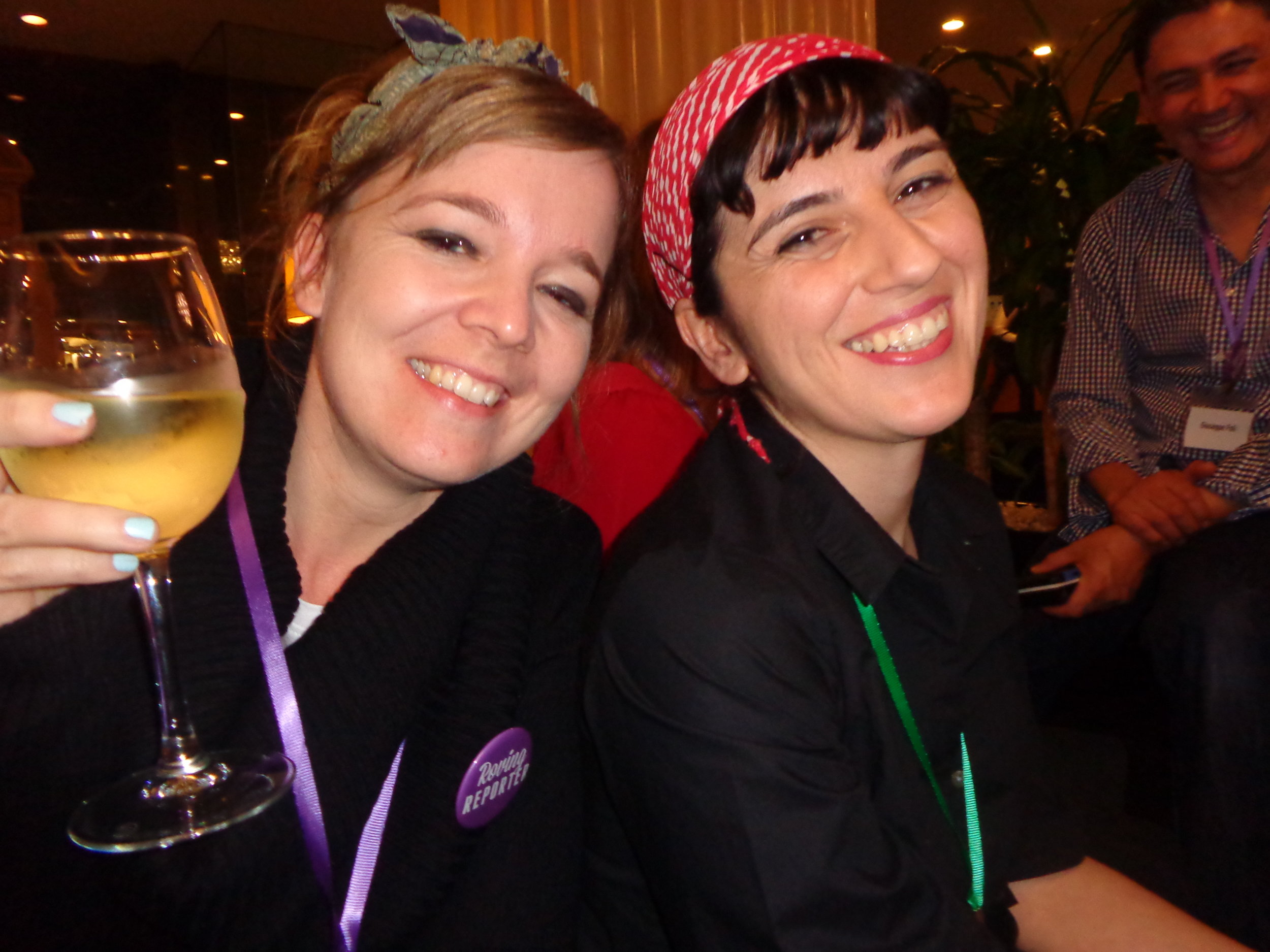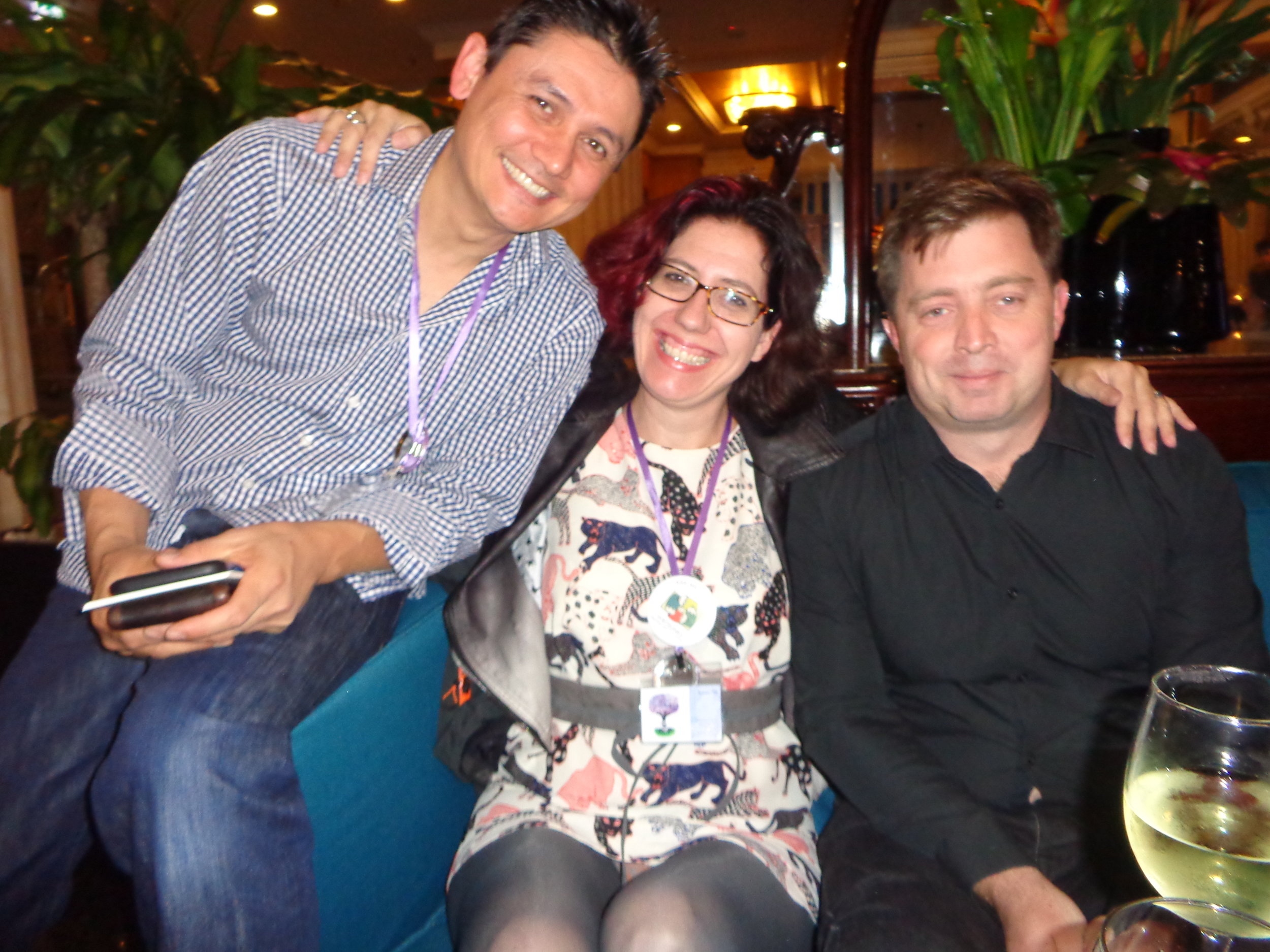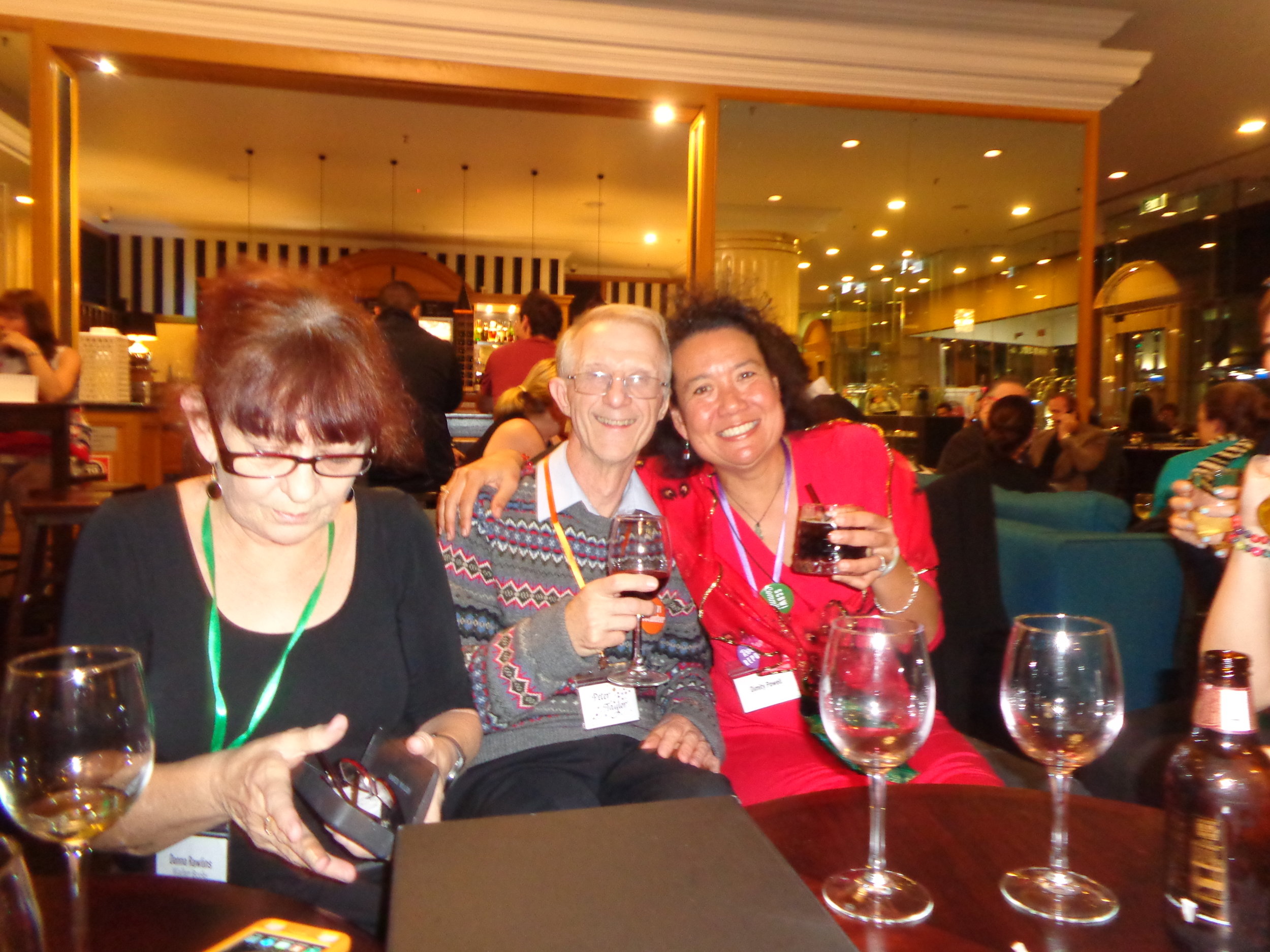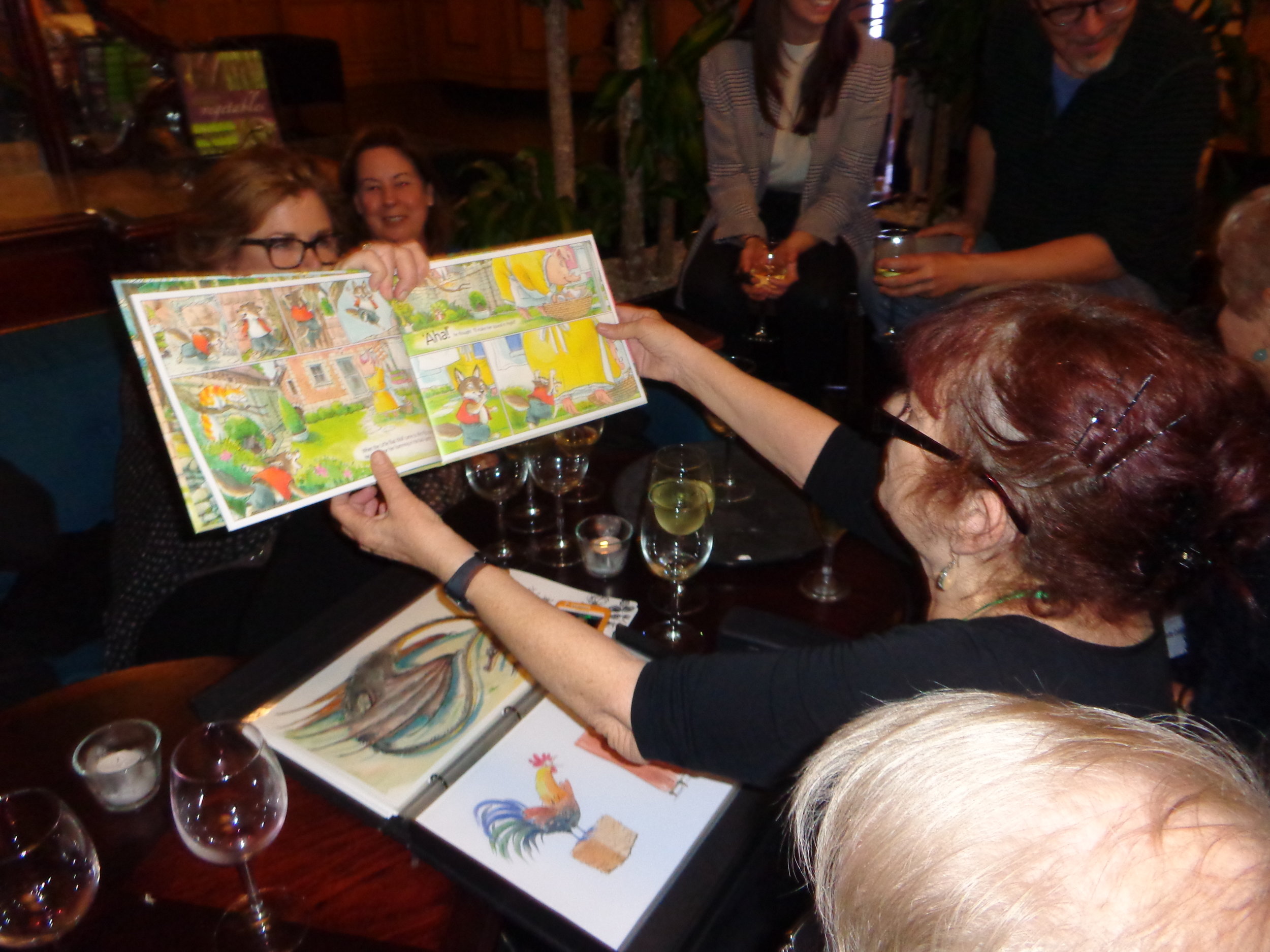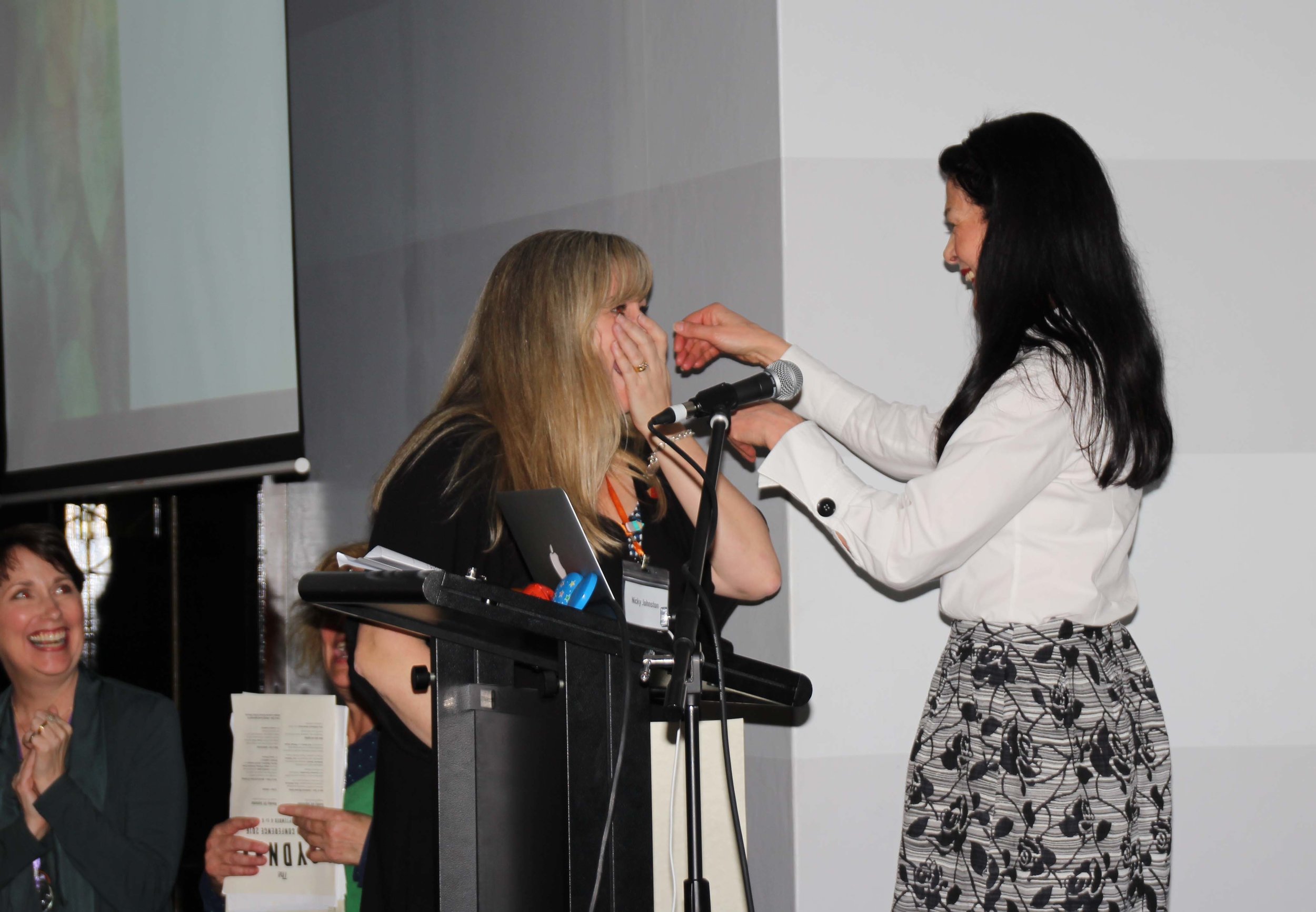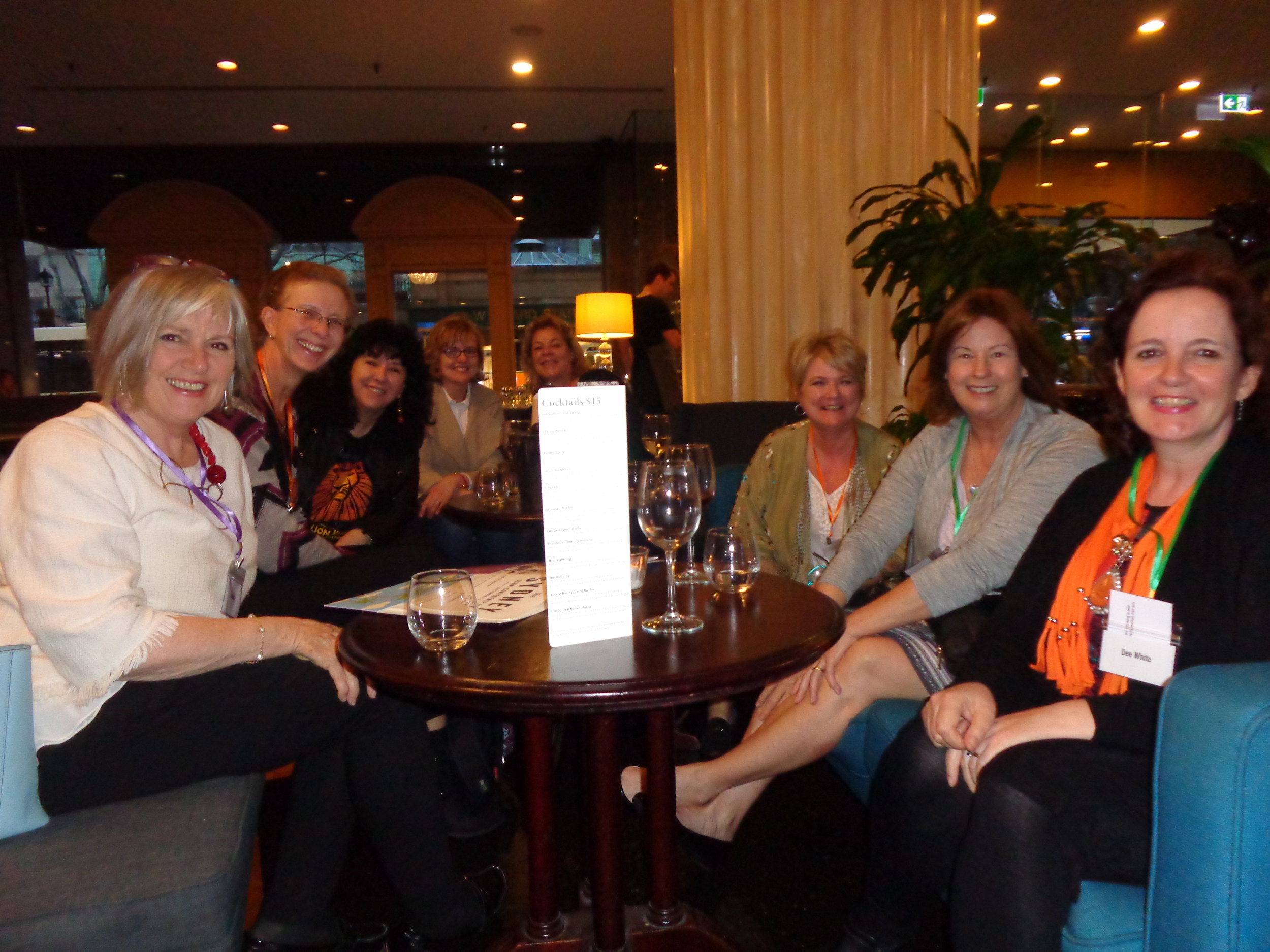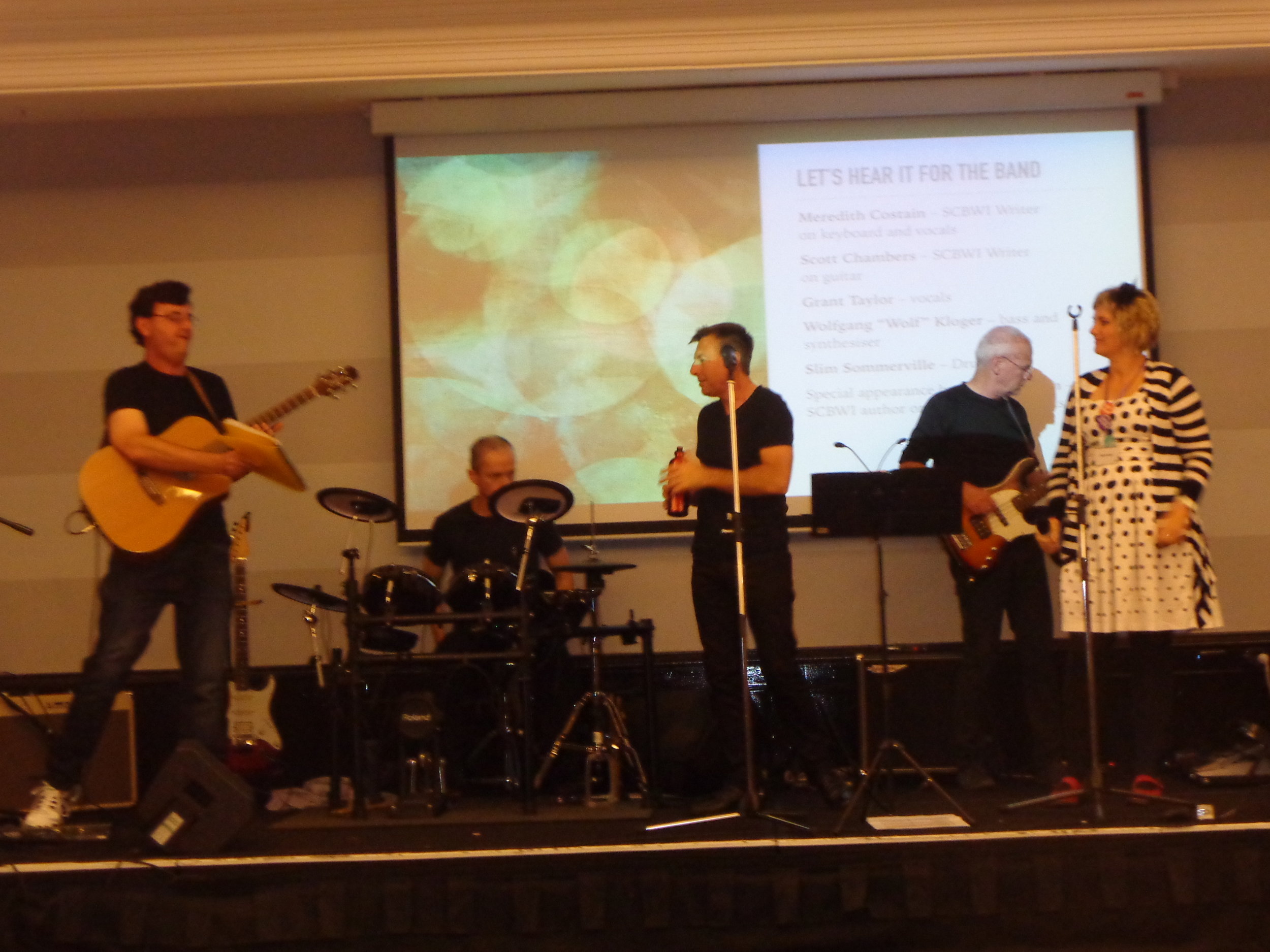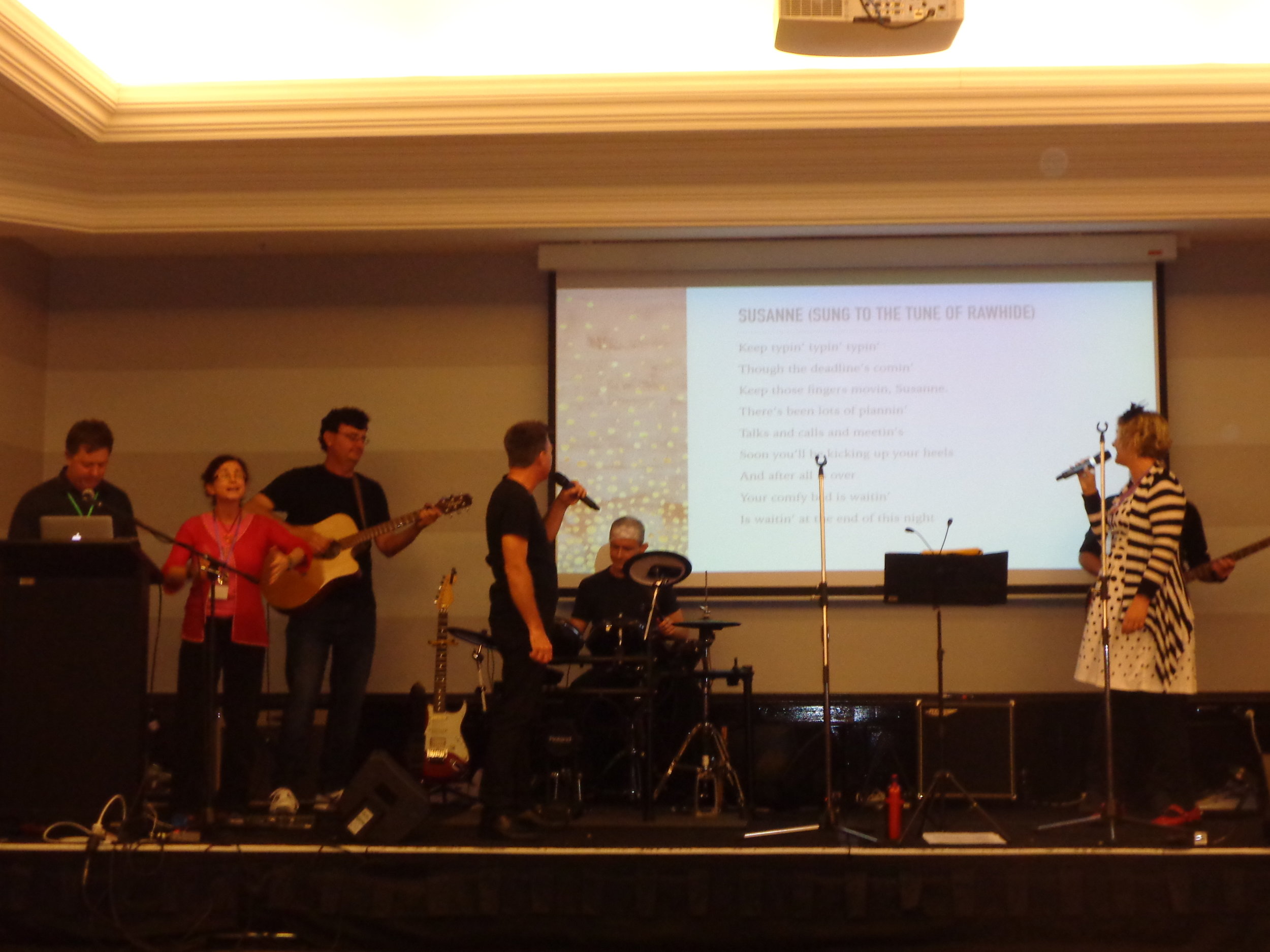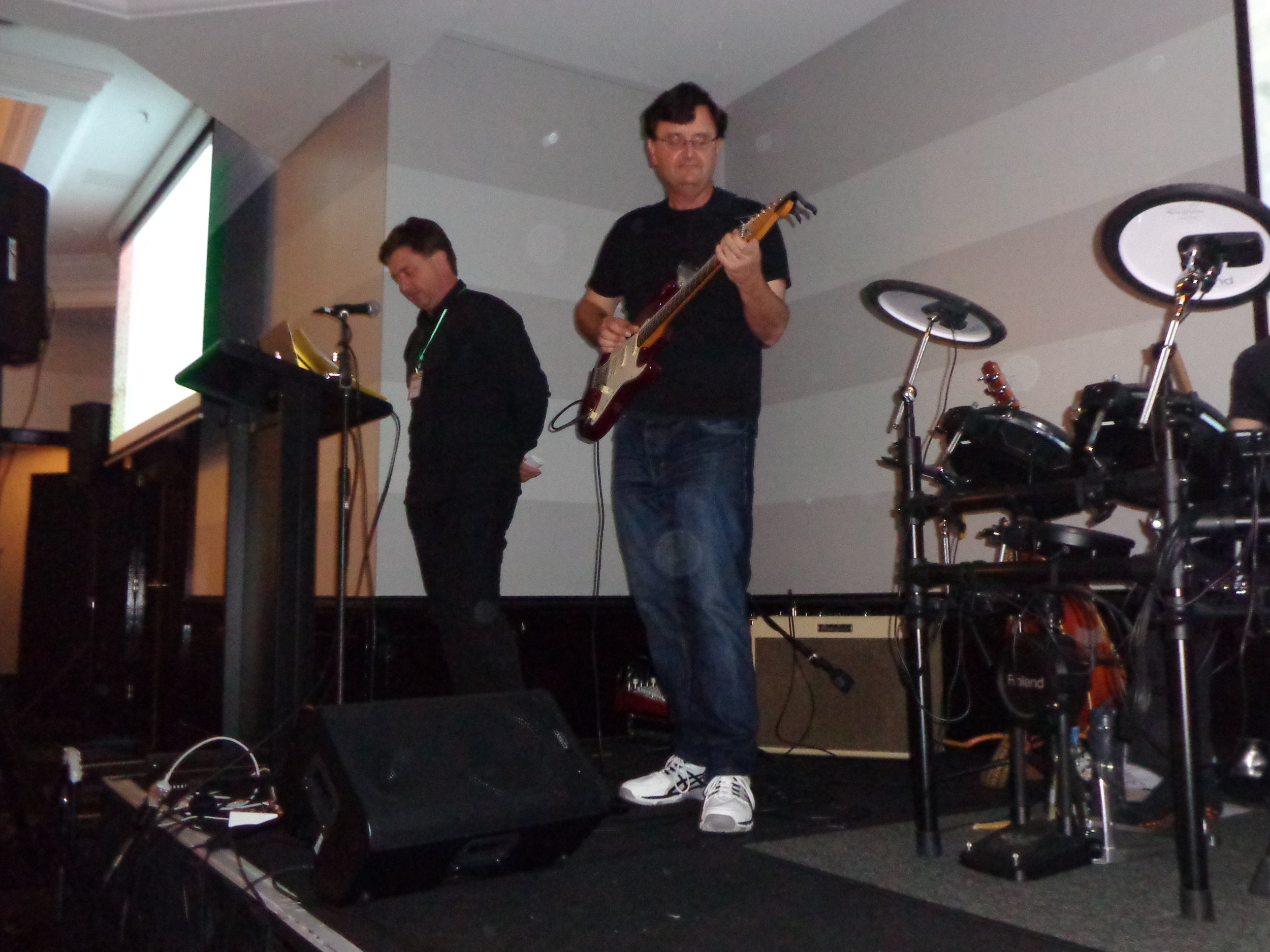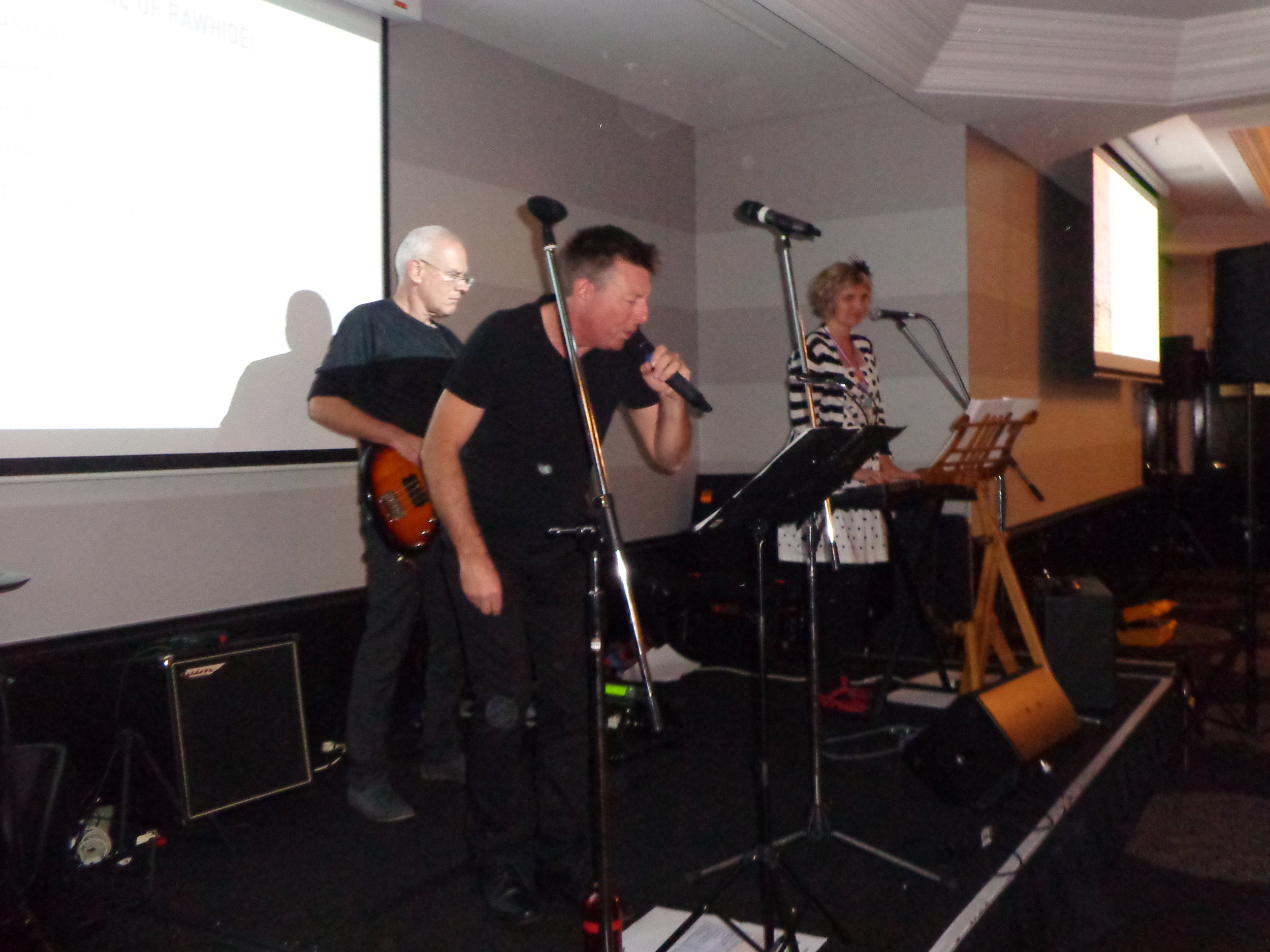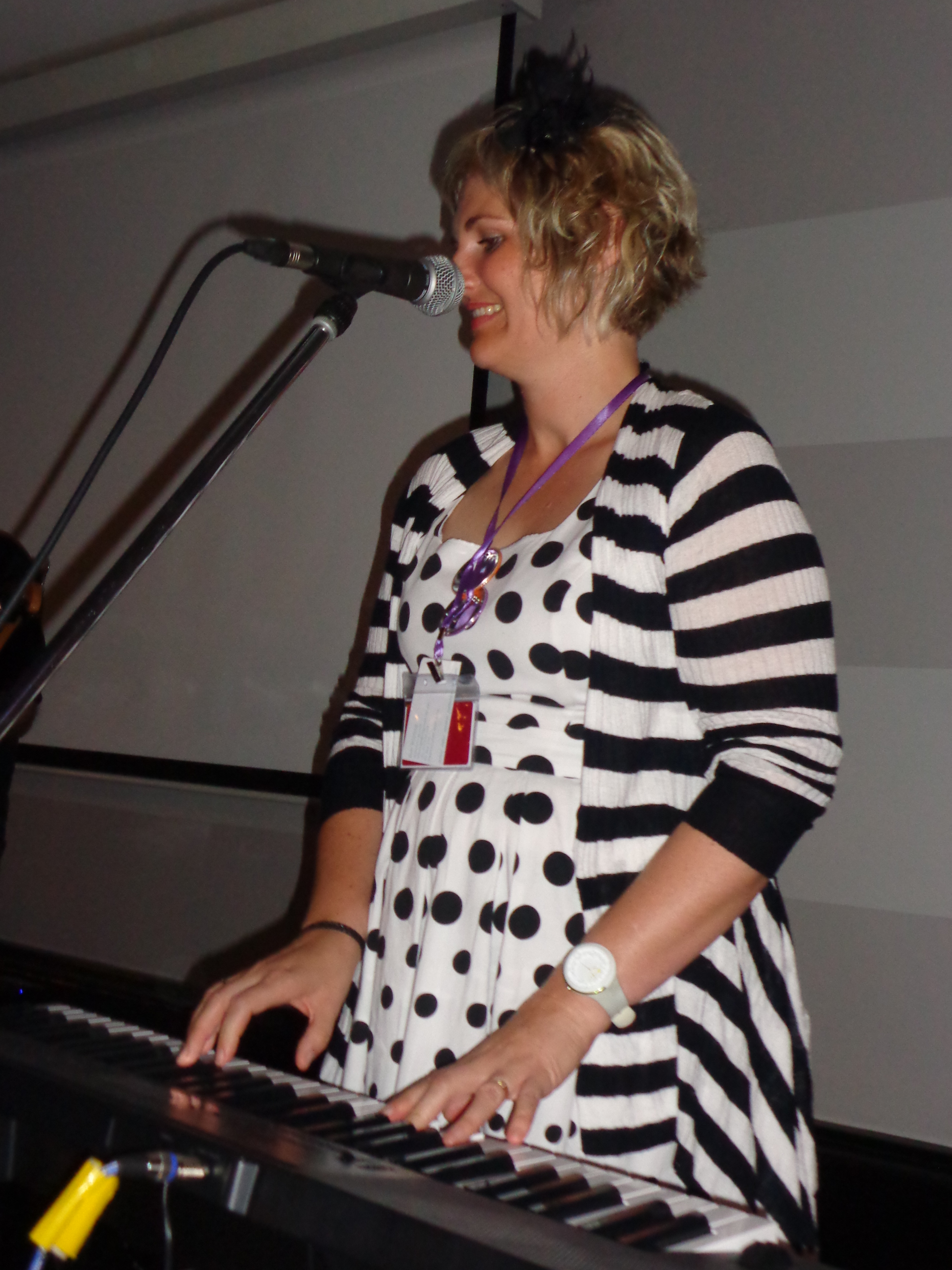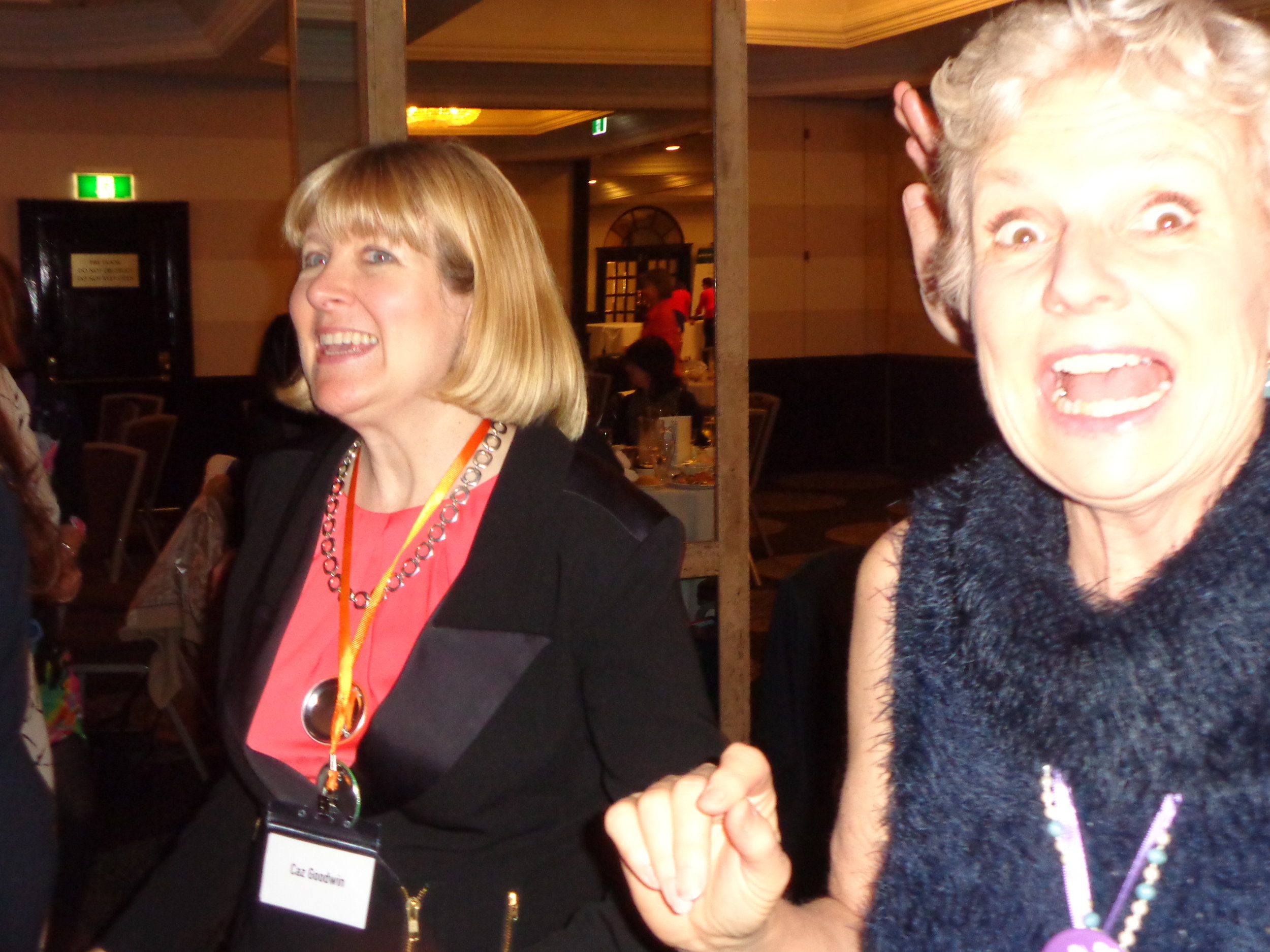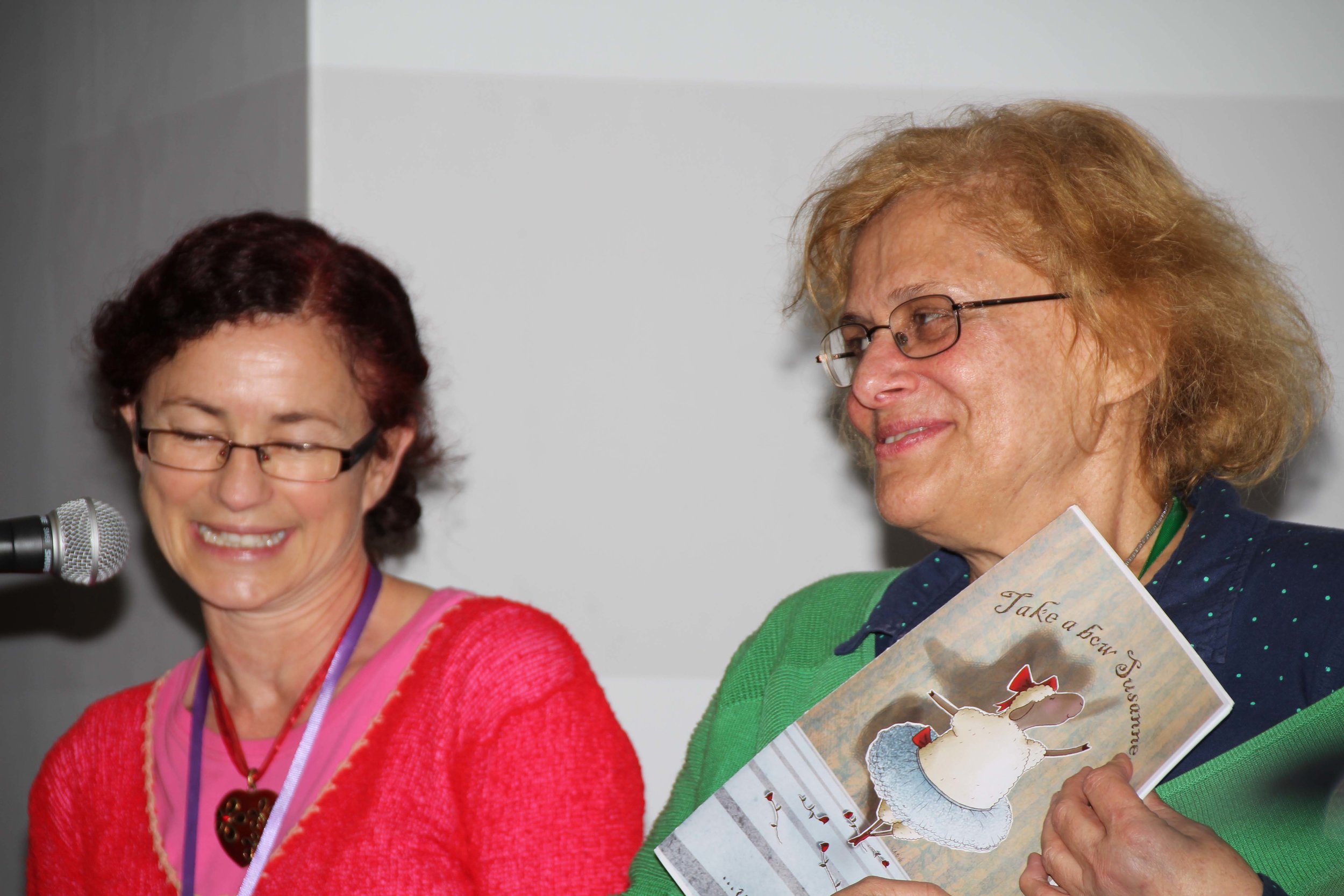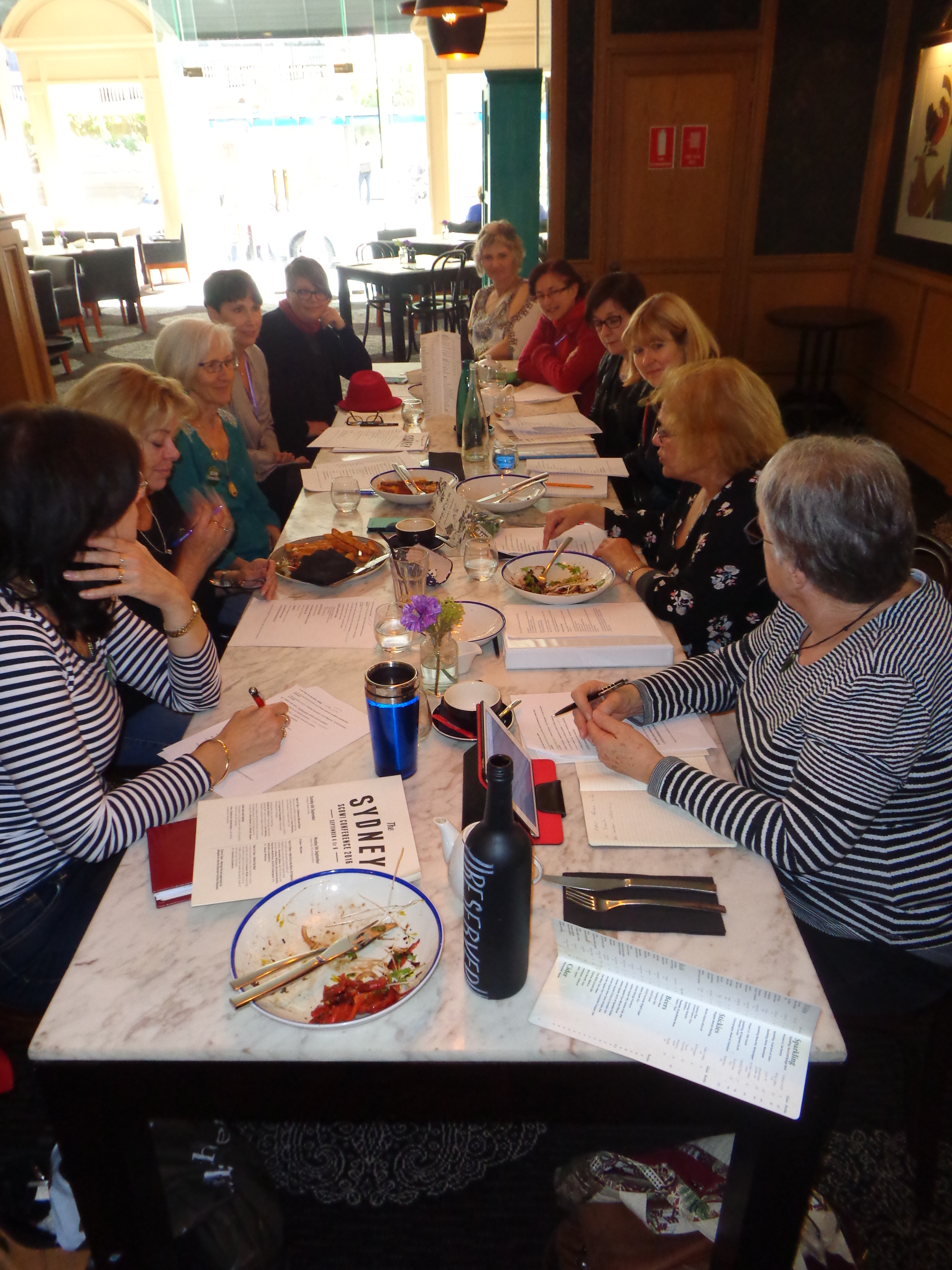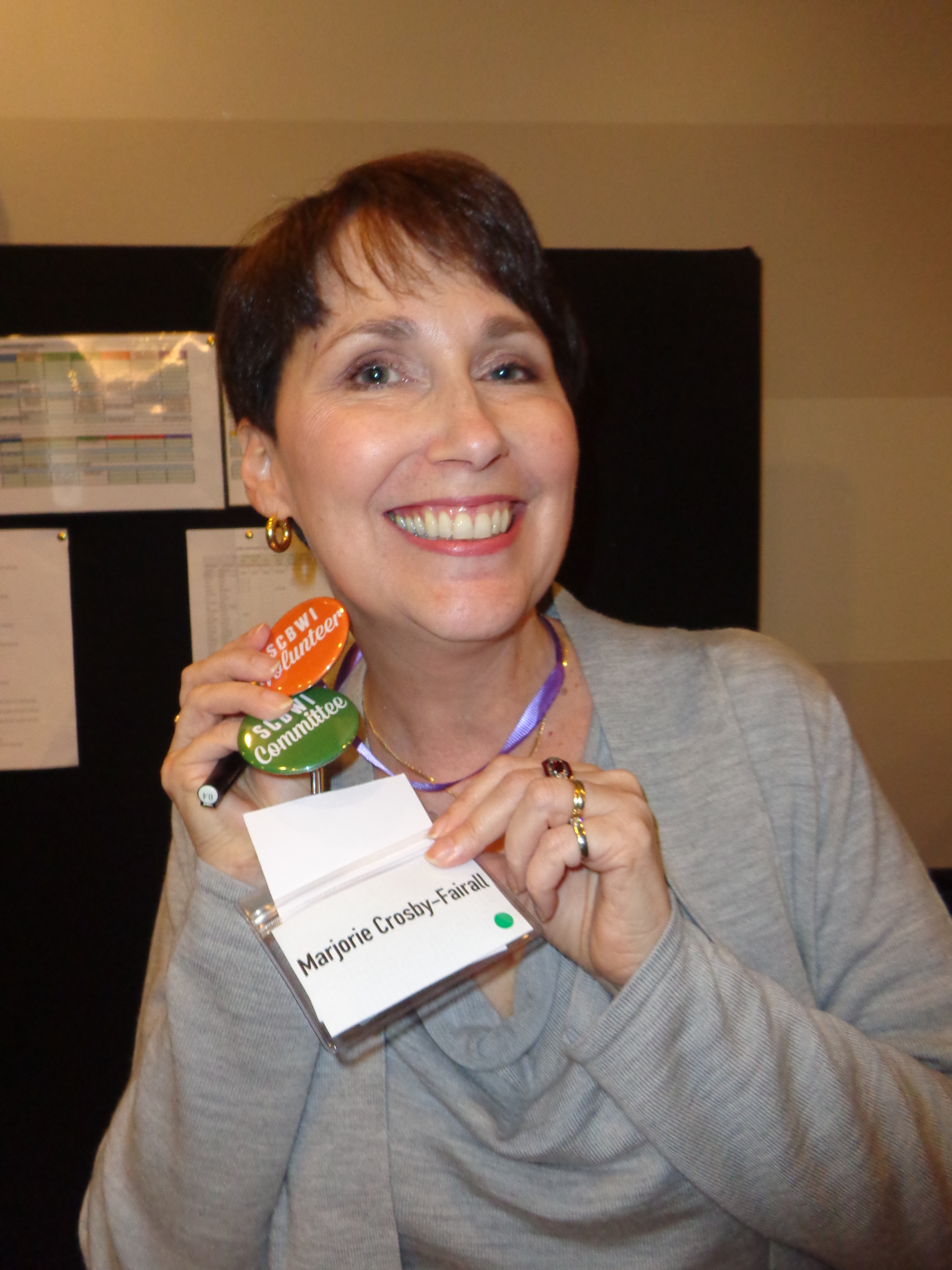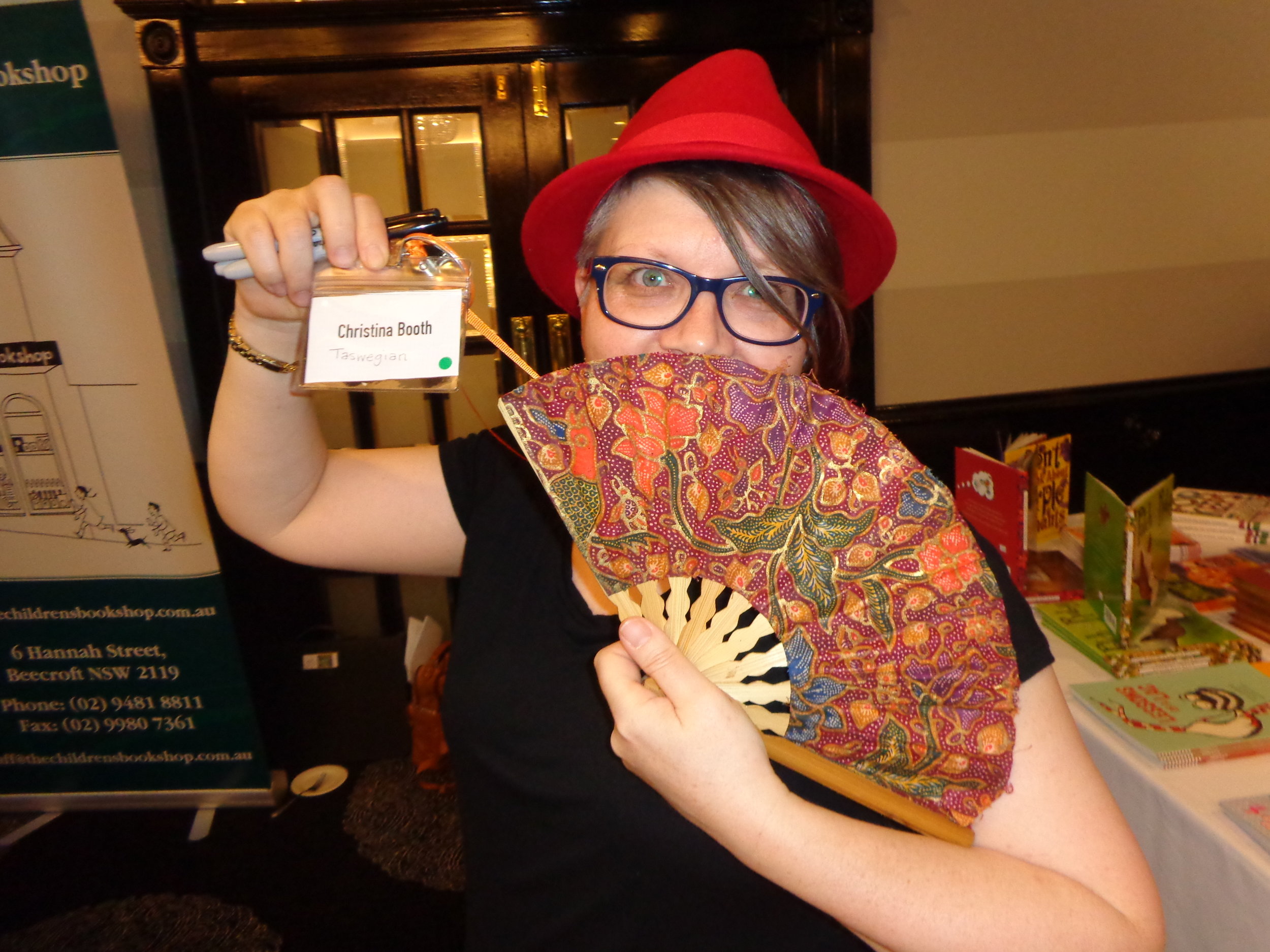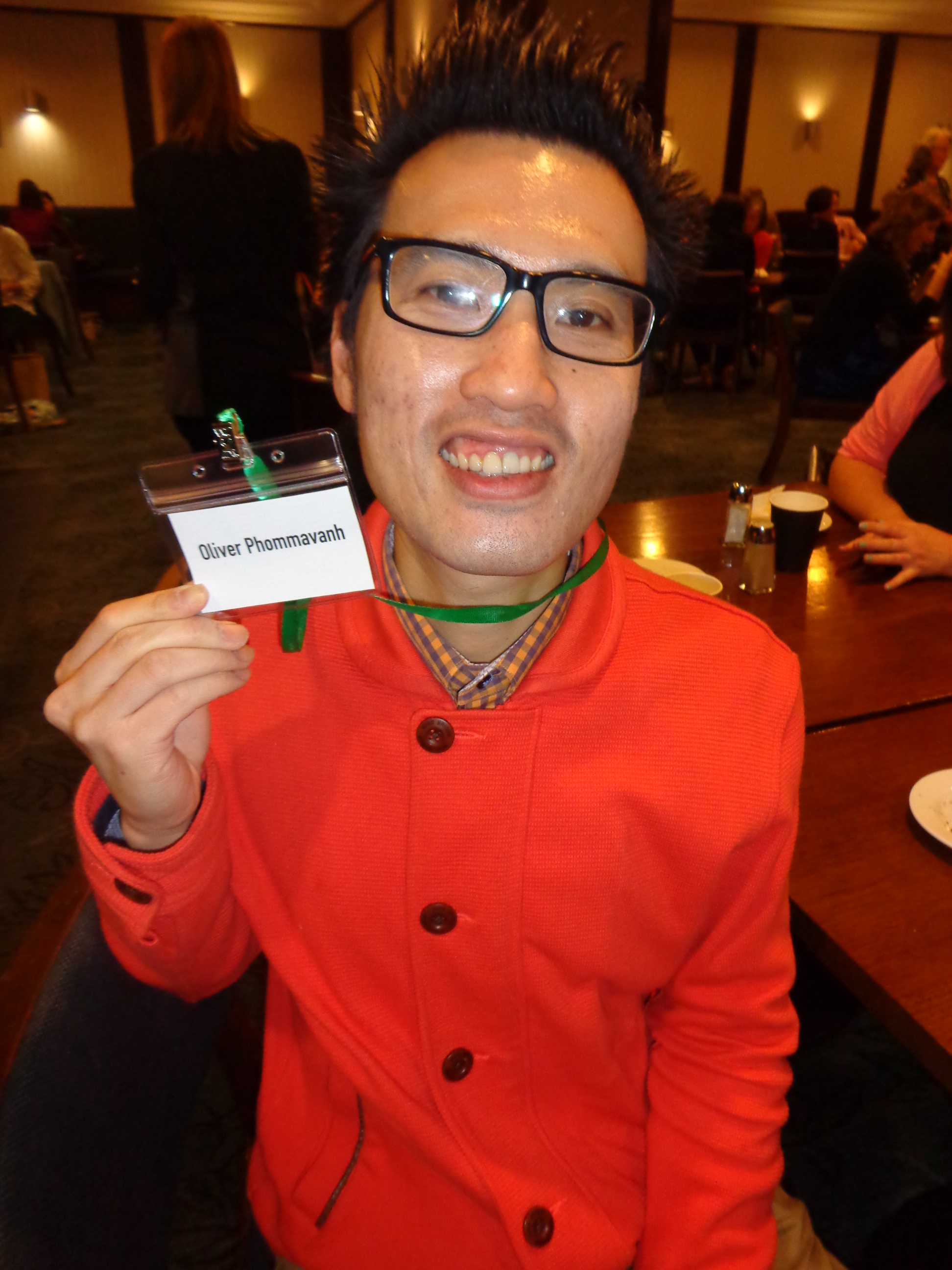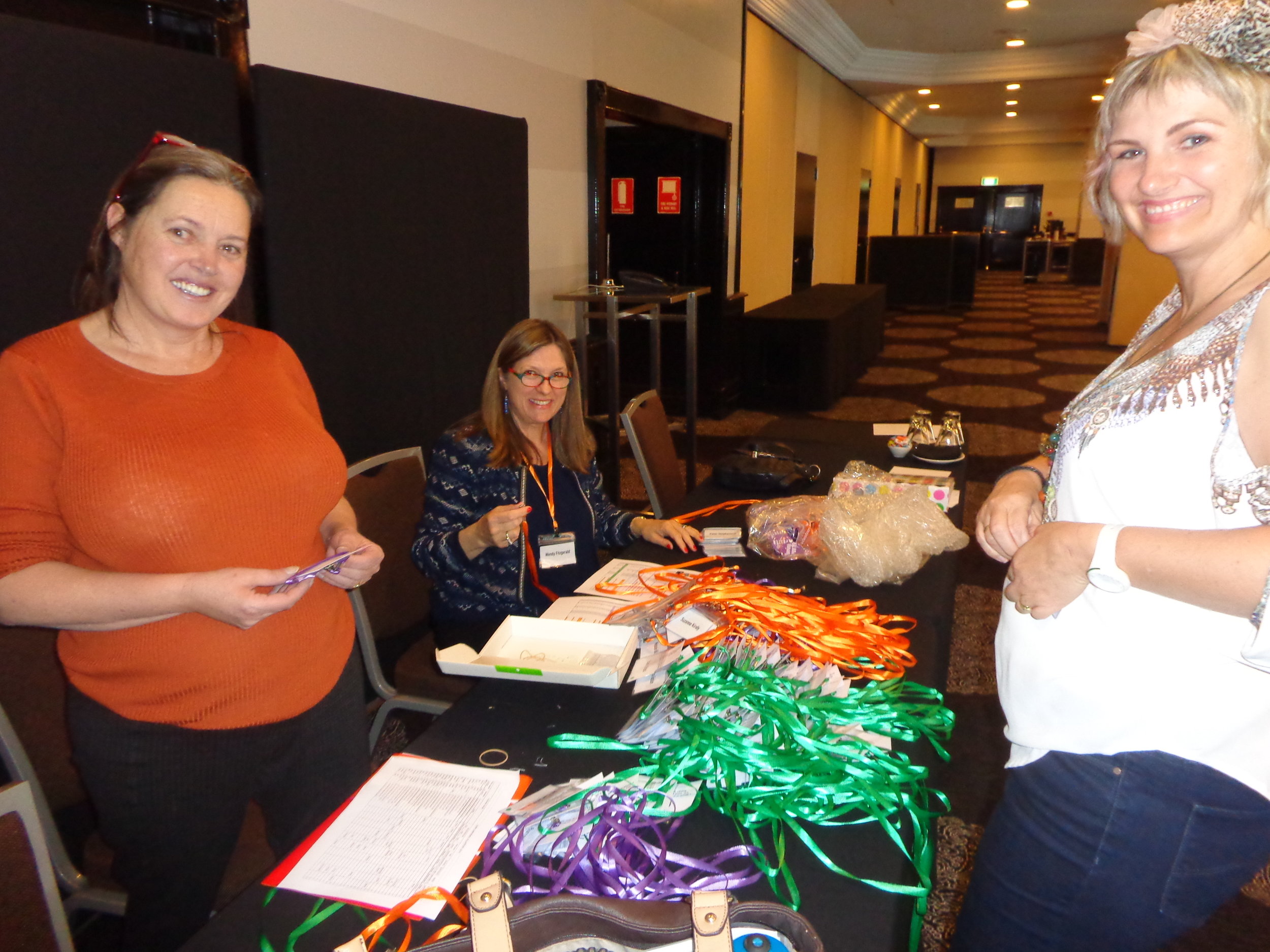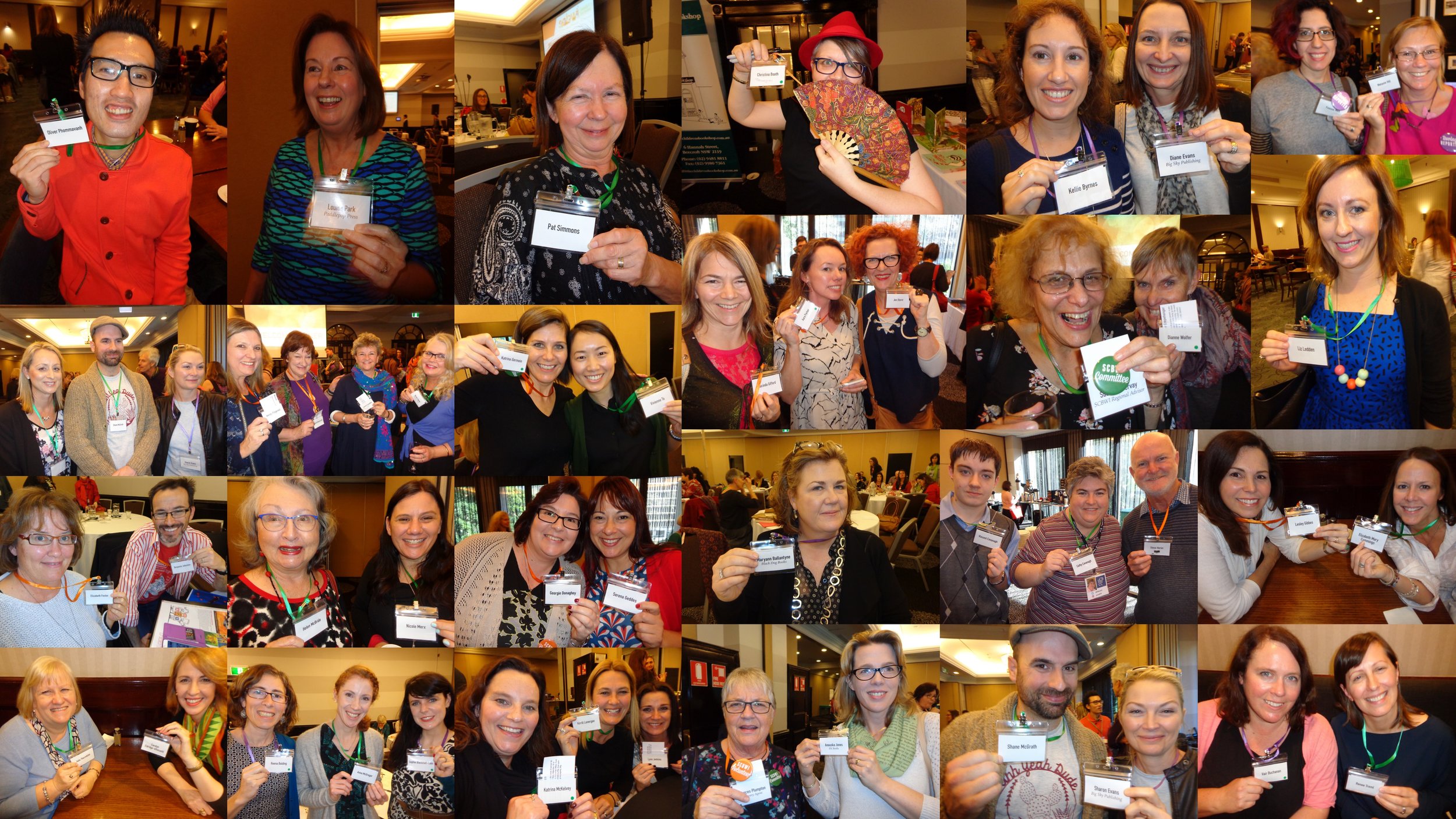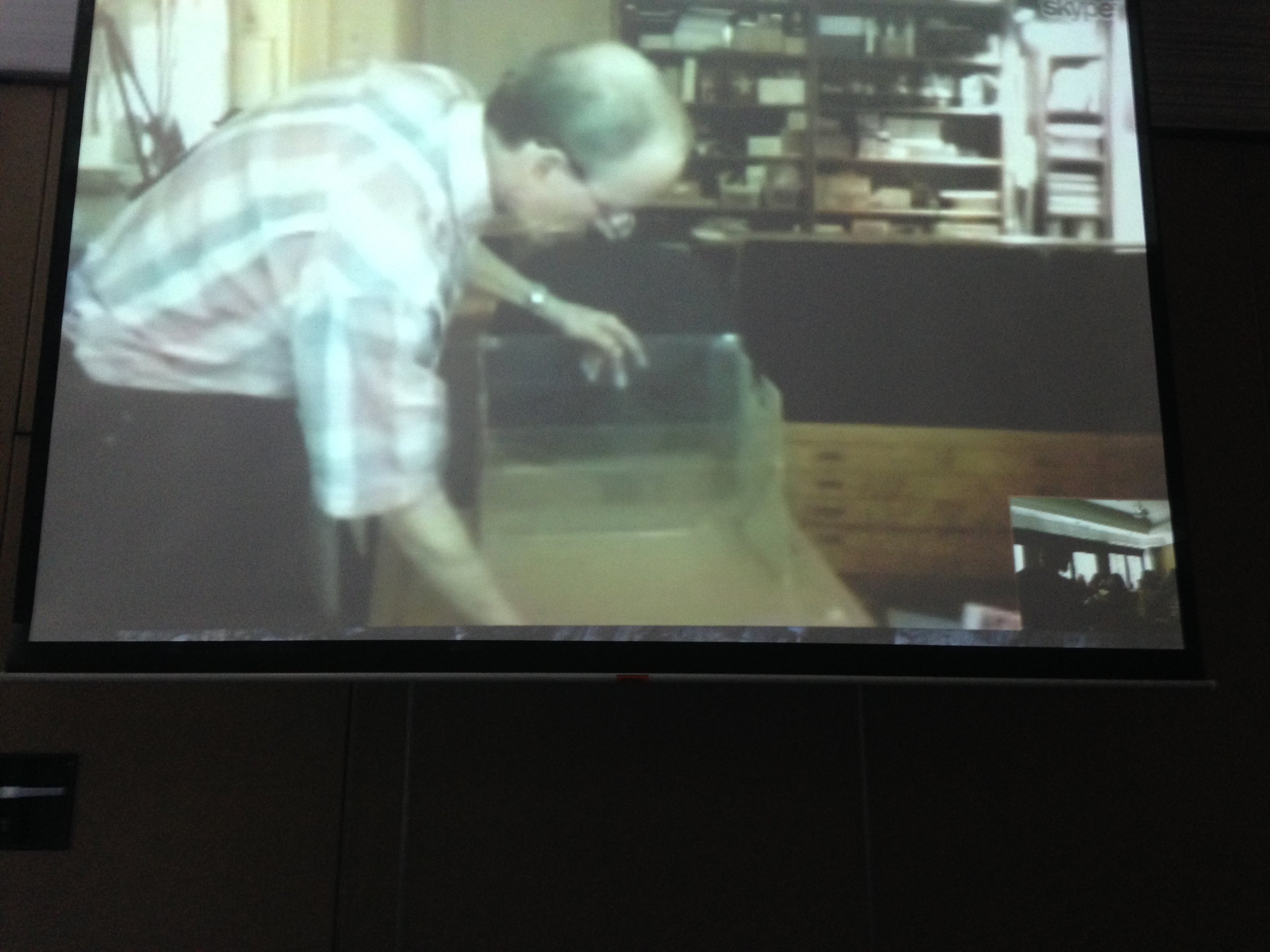Photoshop allows me to do things that I could not have drawn.
I like the challenge - here’s the problem, what can I do to solve the problem… and if I come up with the solution then that’s just great and Photoshop is good for finding ways to coming up with solutions to certain problems.
Q - We have a lot of people who are just starting out in their Illustrator career - what’s pearls of wisdom could you provide?
Paul notes that this is just from his experience and not the only way.
- I would encourage people to not limit your artistic vision to illustration, but think about the whole world of other kinds of art and everything. There are a lot of trends that happen in illustration… and if you look only at children's books then it’s limiting…and that’s just me because I didn’t study illustration.
- I go to figure drawing and draw from the figure once a week if I can. Drawing from life is a great thing and is good for training.
- In terms of ways that you can make images, I just look at different things.
- And copy Art. It’s amazing what you can learn if you just start copying it.
- Writers as an exercise will retype someone else’s story and the act of putting down someone’s words will give you insights.
- Drawing from life is similar to copying from art. It teaches you to see more things then you would otherwise see.
Career advice? It’s different now from when I started. Illustrators in the US, can send their work to Art Directors and it will be seen. (Giuseppe: from what I’ve heard, it’s the same here in Australia. Publishers are always keen to receive samples of an Illustrator’s work.)
Q - how much freedom do you get to experiment? How much notice do you have to give your Publishers?
I show them at an early stage and I like to get feedback.
I look it as a terrific collaboration - they need an artist, they need art…and they want someone with a vision, someone who can have interesting ideas. Everybody thinks that they are someone who wants to bring out the artistic potential in everybody. If you deal with people on that level - it is a collaboration. You try together to make it as interesting and fun as possible.
I’ll show them an idea very early. If I find they don’t like it I might agree. If I disagree then we’ll discuss it further. Every publisher is different.
Questions from the audience :
Q - Do you still do painting for yourself?
No. When I first started out, I was making this distinction in my head, that this is for my art and this is for my illustration. I was using oil paint for my art and anything else for my illustration. I guess I came to the point I wanted to illustrate a Grimms' fairytale and I really needed/wanted to do it in oils, which blew my strategy out of the water. And then I started looking at the illustration work and I was making better art for the books than I was for myself. So I stopped and I don’t really miss it.
My ambition is channelled into the illustration I do - illustration is painting, it’s also pictures telling stories and they are also as interesting as art as I can make them but they are also telling a story. I don’t think that it stops them from being art even though some may not think so.
Q - You mentioned a lot of about feeling - it’s the number one thing in your approach. What’s the second thing?
There will be feeling behind everything. The first thing that would help me make it would be the proportions of the book, is it going to vertical or horizontal and how much - and I guess that’s purely on feeling. I ask myself that and I can answer because I know from having read the story.
The feelings are the sound basis for everything.
Every kind of real world physical question (what materials, what medium, etc) comes from the feeling but then you have what will the character look like… what should it not look like, what are the sensations of that character? are they soft or hard, big or little, darkness or lightness?
Hansel and Gretel…I had the feeling that it was about little children lost in a big wood and I could get the emotion to flood the image. That was the basis of everything that I did …like the kinds of trees that I put in, the kinds of colours.


